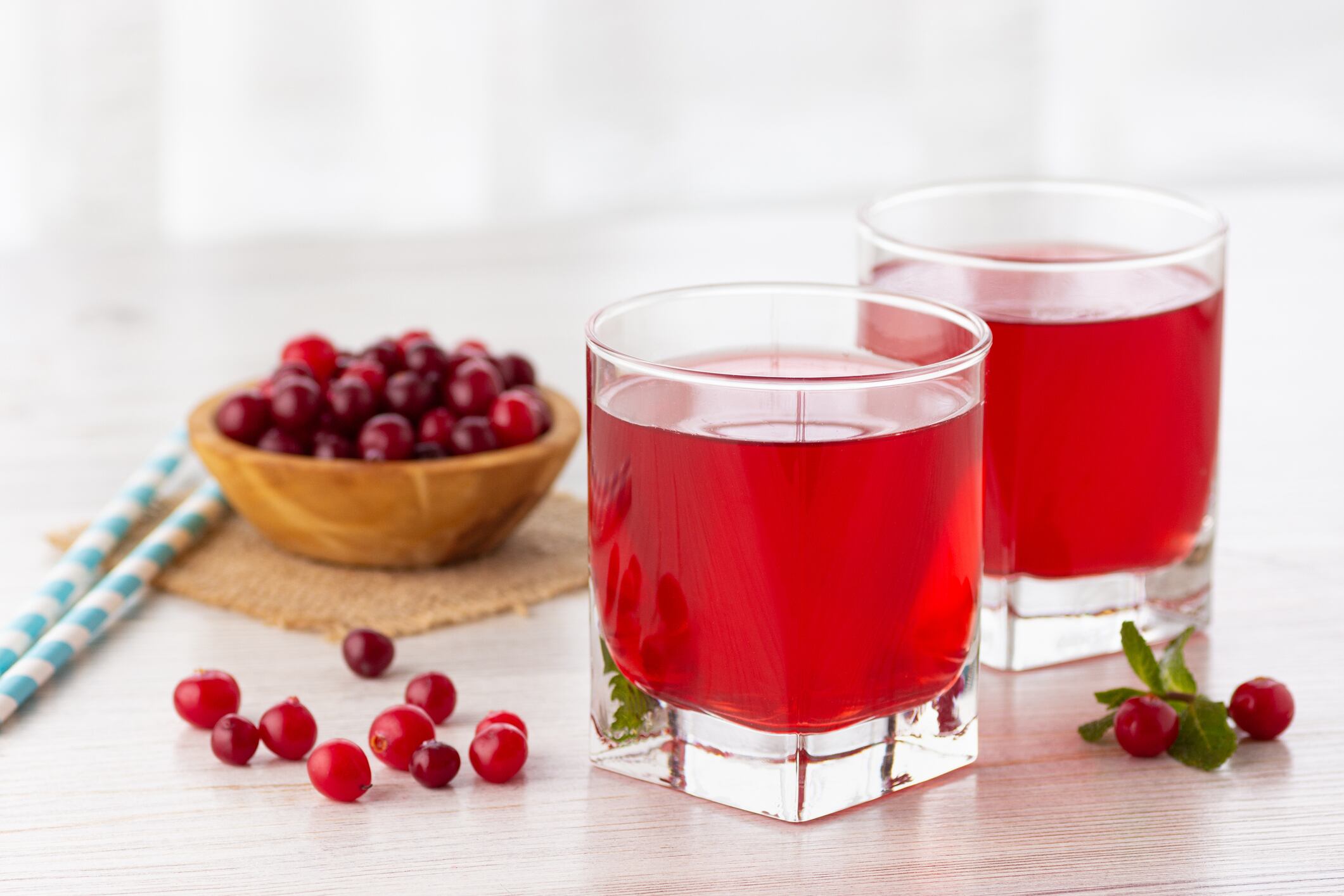Helicobacter pylori (H. pylori) is a type of bacteria which can enter the body, live in the digestive tract and can cause ulcers in the lining of the stomach or the upper part of the small intestine. For some people, an infection can lead to stomach cancer. About two-thirds of the world’s population has H. pylori in their bodies but for most people, it doesn’t cause ulcers or any other symptoms.
Previous in vitro studies in Israel demonstrated that a cranberry extract containing PACs inhibited adhesion of H. pylori strains to human gastric mucus and stomach cells.
Now, scientists at Peking University Cancer Hospital and Institute in Beijing, China, have reported that consuming high-PAC content cranberry juice twice daily for eight weeks results in a 20% reduction in the H. pylori infection rate in Chinese adult participants, compared to those consuming lower amounts of juice, or a placebo.
The study included 522 H. pylori-positive Chinese adults between the ages of 18-60 that have never previously received antibiotic therapy for H. pylori infection.
Participants were randomly assigned to four groups - placebo, low‐PAC, medium‐PAC, or high‐PAC dose.
The team found that cranberry juice containing 44 mg PAC reduced H. pylori when taken twice daily for eight weeks but was not effective if taken only once a day or if juice with the lower 23mg PAC content was consumed.
Lead researcher Professor Kai-Feng Pan MD, PhD, from Peking University Cancer Hospital & Institute, said the results suggest that cranberry juice may be a useful aid in H. pylori management in adults in a high-risk region of China with an endemic infection rate of over 50%.
"While not alternatives to antibiotics, effective complementary strategies, like cranberry, that can contribute to managing H. pylori infections without negative side effects are highly desirable."
The study report concludes: "This RCT determined details on efficacious cranberry product specifications, PAC doses, and frequency of consumption, which resulted in the highest statistically significant H. pylori suppression rate of 20% when compared with that of previous trials that used single doses of non‐standardized cranberry juices.
"Improvement in bacterial suppression rate in this trial may be due to a higher PAC dosage in the cranberry juice (44 mg/240‐mL serving), greater dosing frequency (twice daily for 8 weeks) potentially resulting in greater and more continuous contact time of the PACs in the gastric lumen, and improved bacterial anti‐adhesion effects in the gastric epithelium.
"H. pylori suppression rates were not significantly higher after 2 weeks on cranberry juice; however, the percentage of H. pylori‐negative participants increased from 2 to 8 weeks in a significant positive trend when juice doses containing at least 44 mg PAC/day and above were consumed, suggesting that daily dosing for longer than 8 weeks could result in even higher suppression rates in future studies."
Methodology
Over the 8‐week intervention period, subjects in the low‐PAC group (group J‐B) consumed one bottle (240 mL) of cranberry juice daily containing 23 mg PAC/bottle, while subjects in the medium‐PAC group (group J‐C) consumed one 240‐mL bottle containing 44 mg PAC. Subjects in the high‐PAC group (group J‐D) consumed two 240‐mL bottles of juice (44 mg PAC/bottle) daily, every morning and evening. Subjects in the encapsulated powder arm swallowed one (group P‐B) or two (group P‐C) 280‐mg capsule(s) of cranberry powder, which contained 36 mg PAC/capsule or two placebo capsules (group P‐A) daily in the morning over the 8‐week intervention period.
All subjects were given a 13C‐UBT at baseline to determine initial infection status and again at weeks 2 and 8 to test effectiveness of the investigational products. Subjects who tested negative at 8 weeks were retested 45 days later, after the investigational products stopped being administered, to determine H. pylori eradiation rate.
Future research required
The report states additional research is needed to further explore any bacterial eradication effects of cranberry on H. pylori.
"Cranberry juice-based encapsulated powder containing either 36 or 72 mg of PACs per day was not effective at suppressing H. pylori. Given the consumer interest in cranberry supplements, researchers suggest that future trials could test effects of twice-daily dosing of powder with higher PAC content and potentially dissolve the powder in liquid prior to consumption to improve dispersion in the stomach."
The study was supported by a grant from the Cranberry Marketing Committee (CMC). The sponsor of the study had no role in the study design, data collection, data analysis, data interpretation, or writing of the report.
Source: Gastroenterology
Pan. K. F., et al
"Suppression of Helicobacter pylori Infection by Daily Cranberry Intake: A Double‐Blind, Randomized, Placebo‐Controlled Trial"


